Overview
An unmanned systems future will see the integration of a wide variety of Unmanned Aerial Systems (UAS), personal air vehicles, Urban Air Mobility (UAM) vehicles, cargo and special mission aircraft into the NAS. These developments can leverage UAS TrafficManagement (UTM) advancements for the unique requirements of UAM airspace management. Funded by NASA’s Aeronautics University Leadership Initiative, ULI team is investigating the clear need to for secure and safe assured autonomy to:
- Handle atmospheric, traffic and airspace uncertainties
- Operate securely and safely at different levels of system complexity
Our Team
Our ULI team brings together a diverse interdisciplinary team of experts from three universities−North Carolina Agricultural and Technical State University, Georgia Institute of Technology (Georgia Tech.) and Purdue University (Purdue)−along with four United States industry partners−Aurora Flight Sciences (Aurora), Alaka’i Technologies Corporation (Alaka’i), General Atomics Aeronautical Systems (GA-ASI), and Northrop Grumman Corporation (NGC). This ambitious initiative actively explores transition opportunities of the research and products to industry and government. NC A&T and Purdue researchers are experts in systems and controls, cyber security, real-time V&V and system of systems applications in UAS and UAM. Georgia Tech. researchers have expertise in aerospace and aeronautical engineering, particularly in system development, software testing, controls, autonomy and formal verification methods, aerial vehicle design and modeling, and use-case development. The collaboration with industry will include both advisory consultation and direct participation in the system integration component of the proposed research. Aurora will provide access to its multi-vehicle test environment, which will support the ULI team’s integration efforts. Aurora will also incorporate the developed algorithms into multi vehicle experimentation and simulations with humans in the loop. Alaka’i will contribute to Urban and Regional Air Mobility (URAM) vehicle design synthesis and simulation, Simplified Vehicle Operations (SVO), vehicle broadband connectivity solutions, as well as flight licensing and certification and other activities to create industry consensus around these emerging technologies. GA-ASI and NGC will advise the team regarding experimentation and learning in virtual and physical environments.
Our Goal
Our primary goal is to develop new technologies and innovative operational concepts to ensure safe, secure and robust integration of autonomous vehicles into an Urban Air Mobility-tailored transportation infrastructure, while maintaining compliance with existing commercial and civil air transportation safety standards. Achieving this goal will require a skilled research team with diverse capabilities in algorithms, connectivity, autonomy, perception, flexible and scalable tasking, and planning for distributed coordination of autonomous vehicles; navigation and localization methods for adaptive and safe guidance of autonomous vehicles in limited GPS environments; security of connected intelligent vehicles and system monitoring; use-case development for Verification and Validation (V&V) procedures; and Test and Evaluation (T&E) for system integration.
Our Vision
Our vision is to scale the developed algorithms to accommodate the air vehicle traffic in urban areas (small and large cities) envisioned for 2050 with:
- cluttered obstacles,
- system responsiveness contained below 1x the timescale of real time events,
- detection of severe cyber-physical activities with less than 10% system load, and
- systems integrated for different testing environments namely Simulation (SIM), Indoor Flight Facility (IFF), and Outdoor Flight Facility (OFF).
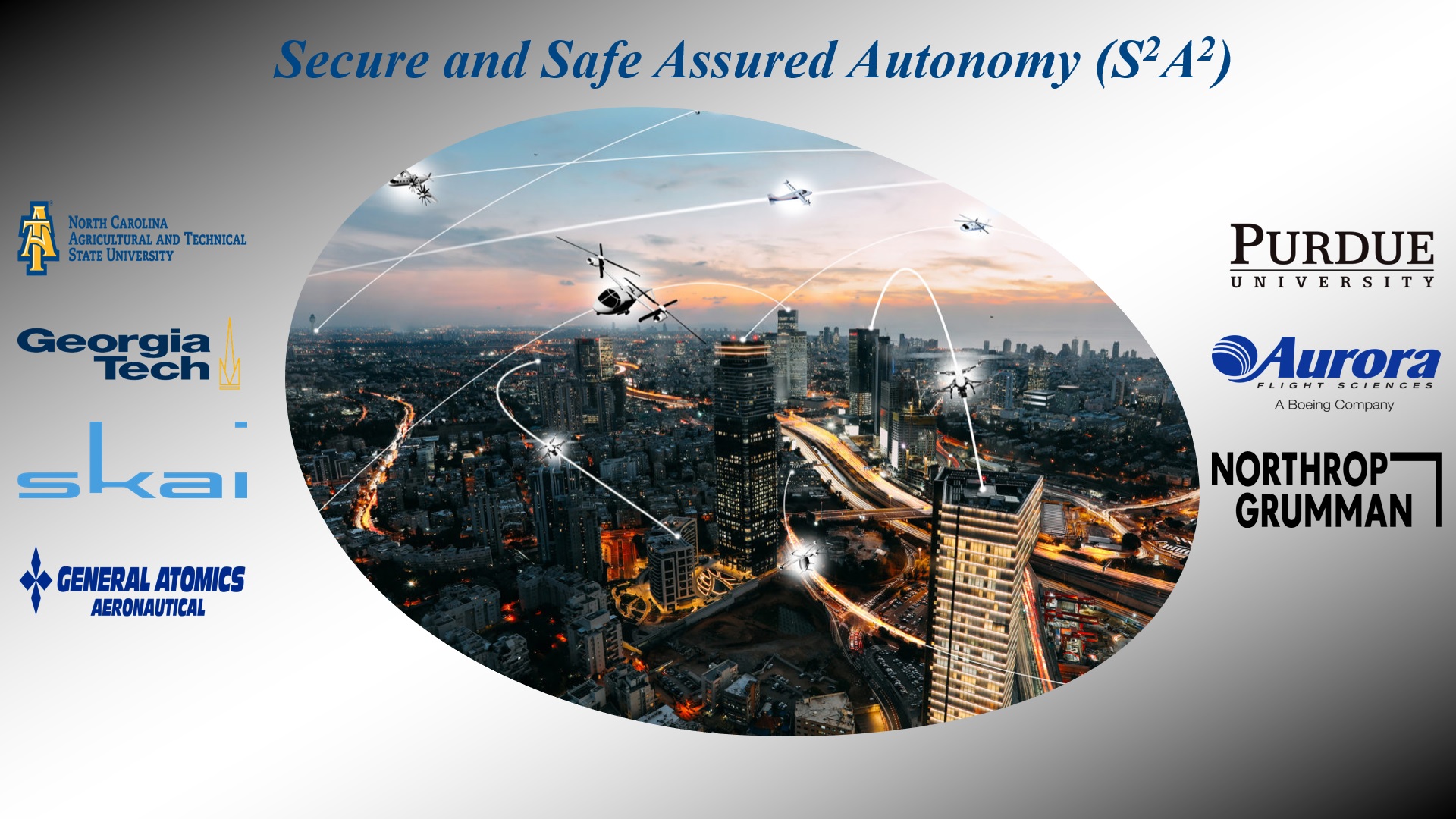
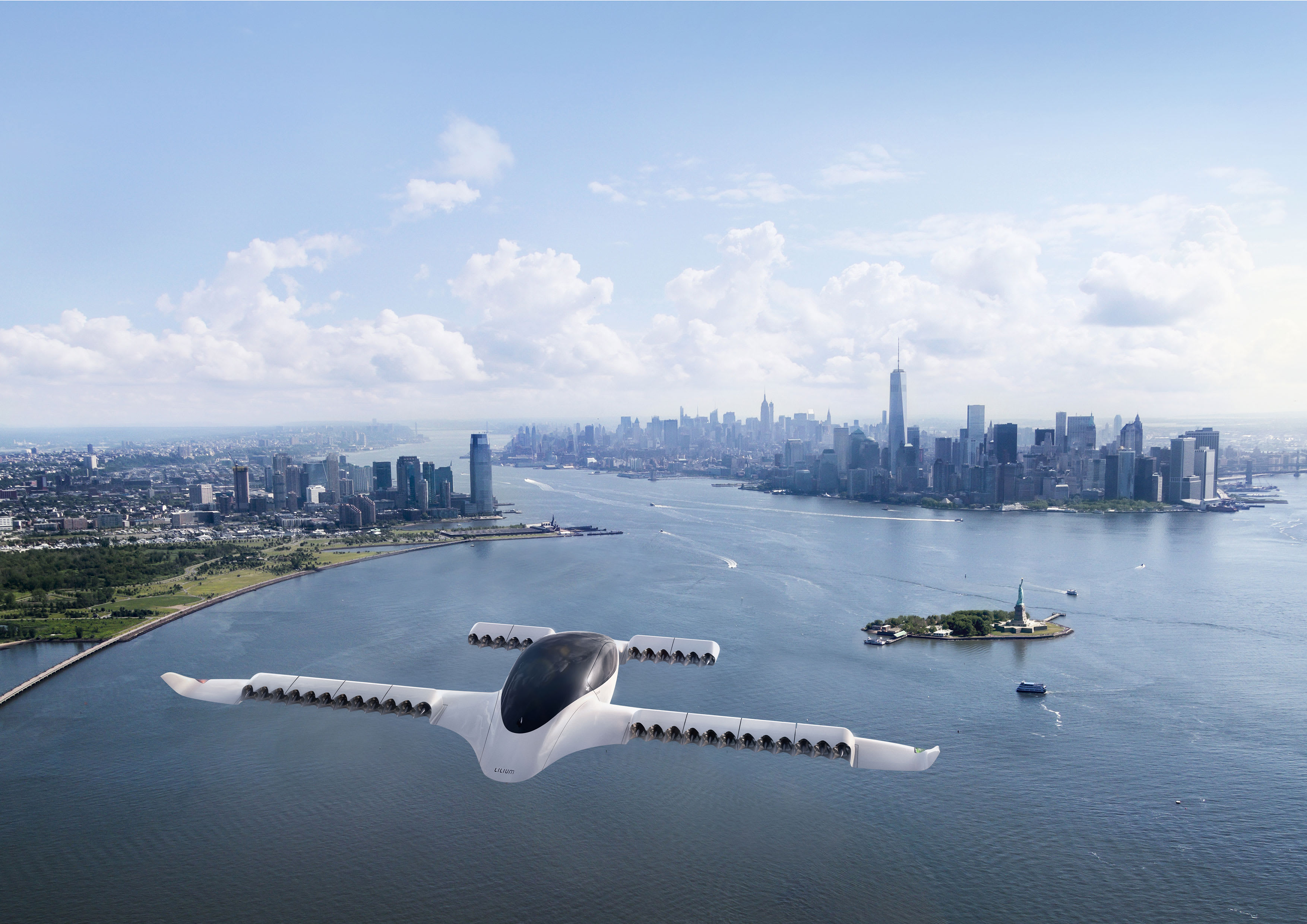
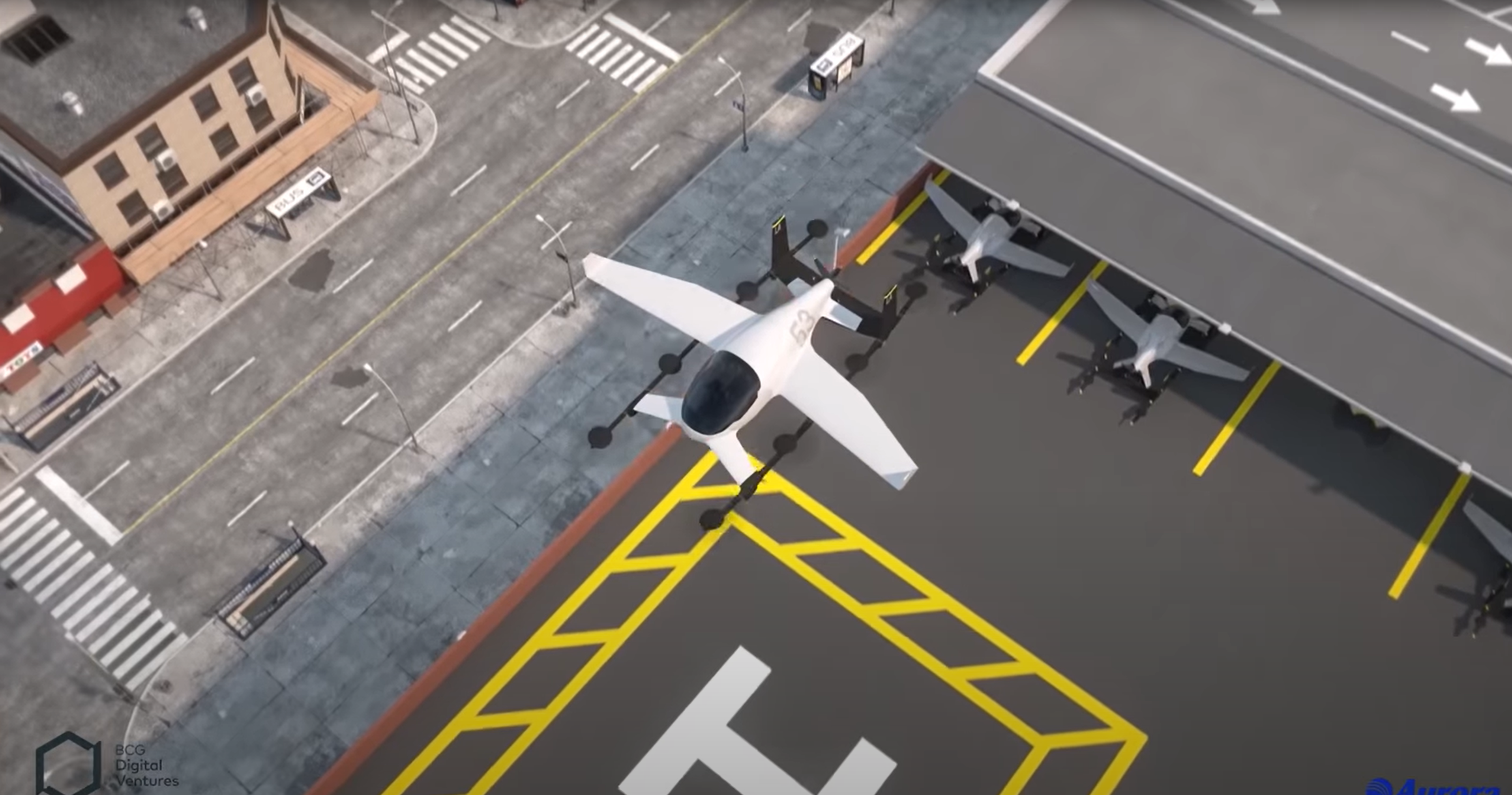
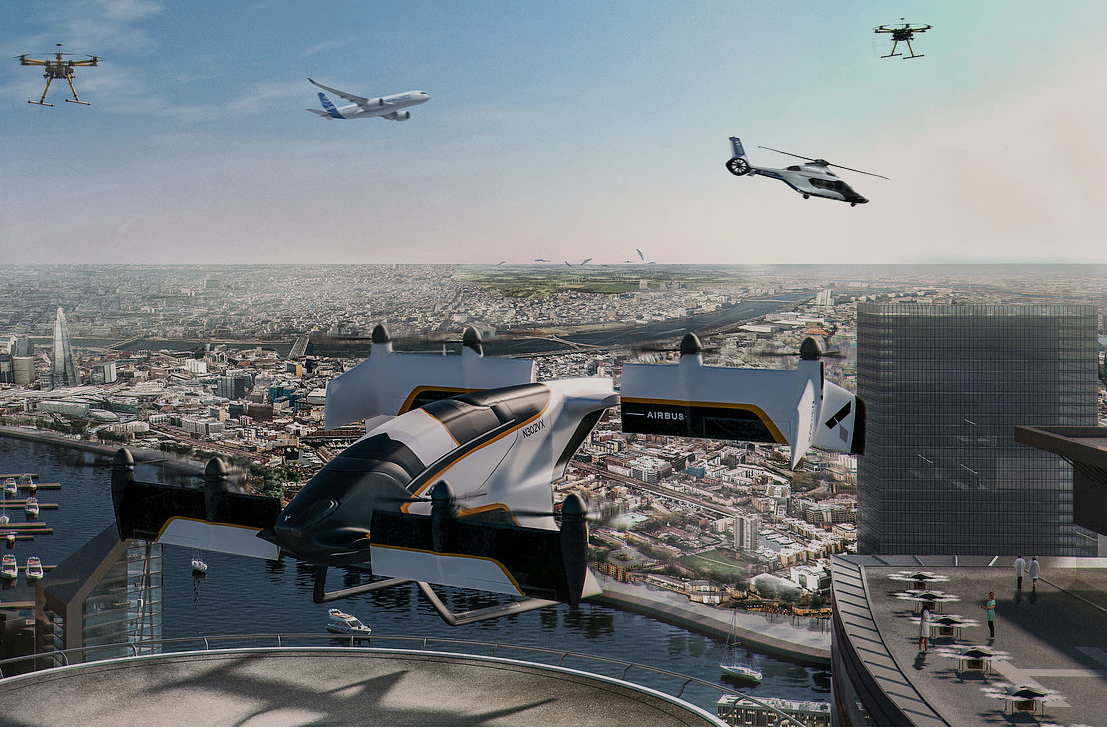
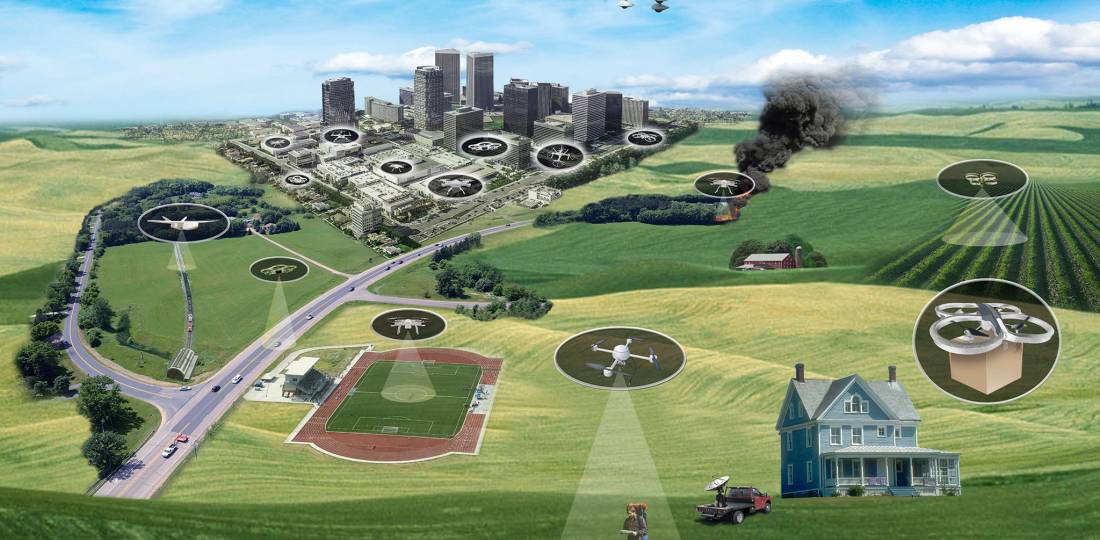 Photo Credit:
Photo Credit:
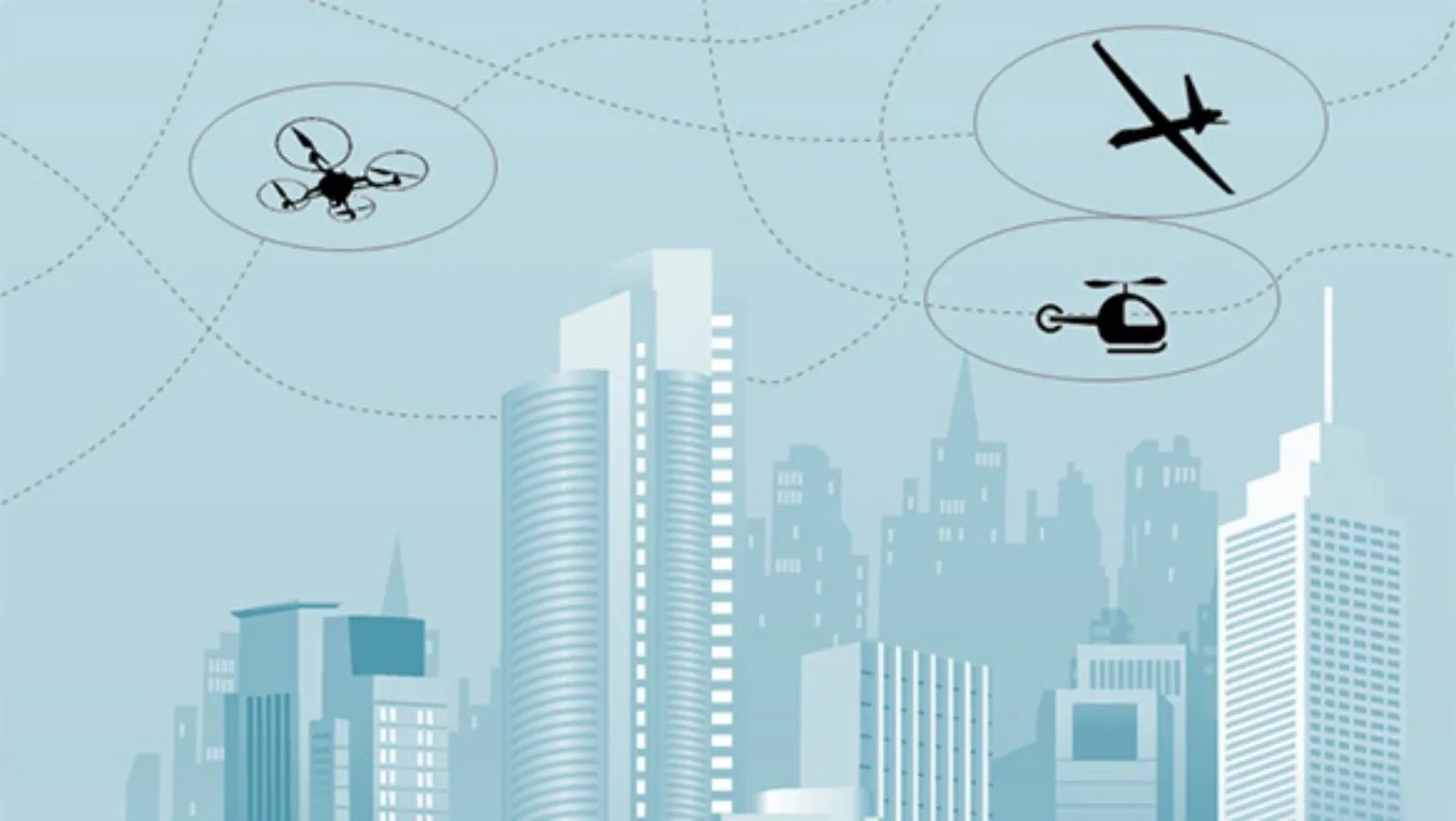 Photo Credit:
Photo Credit: